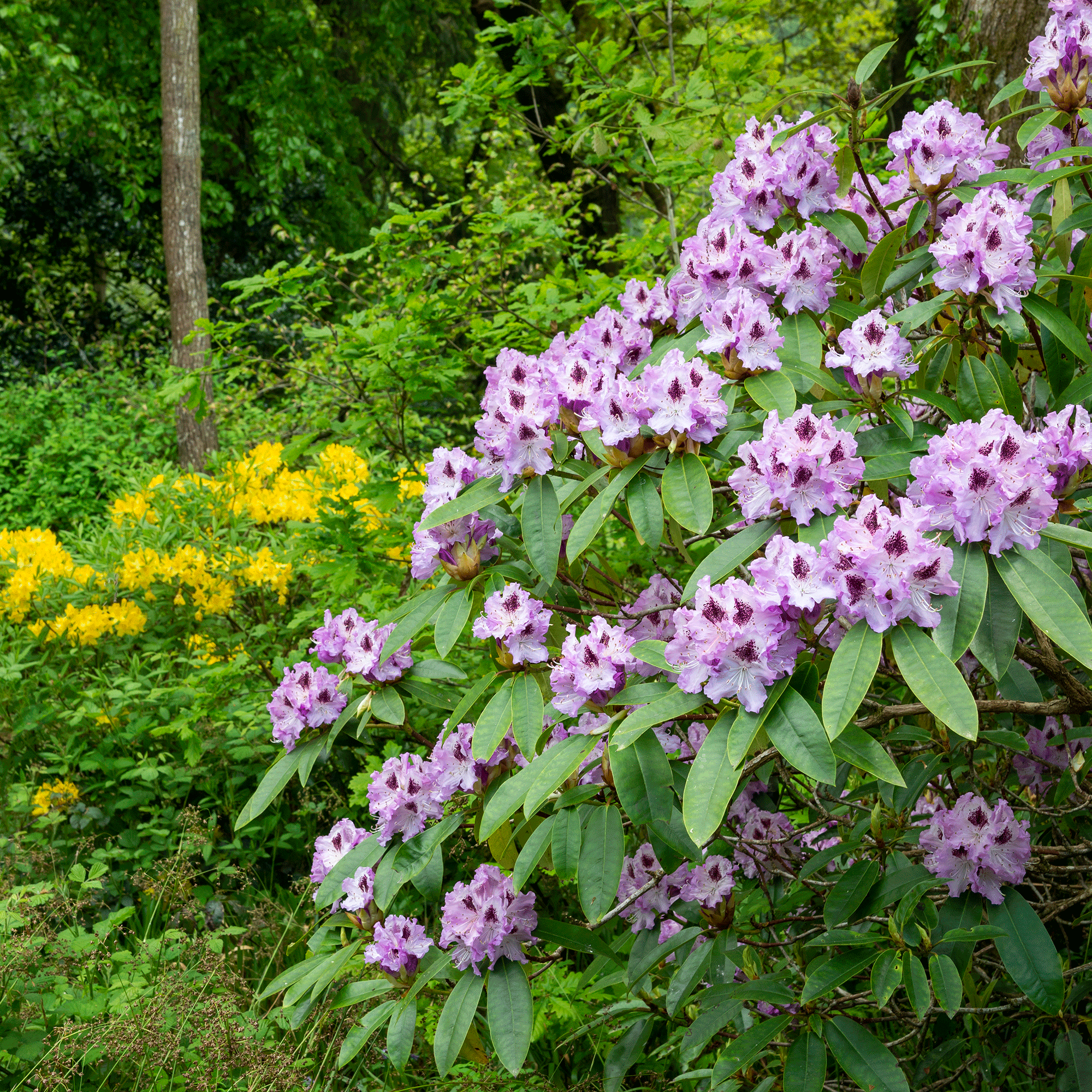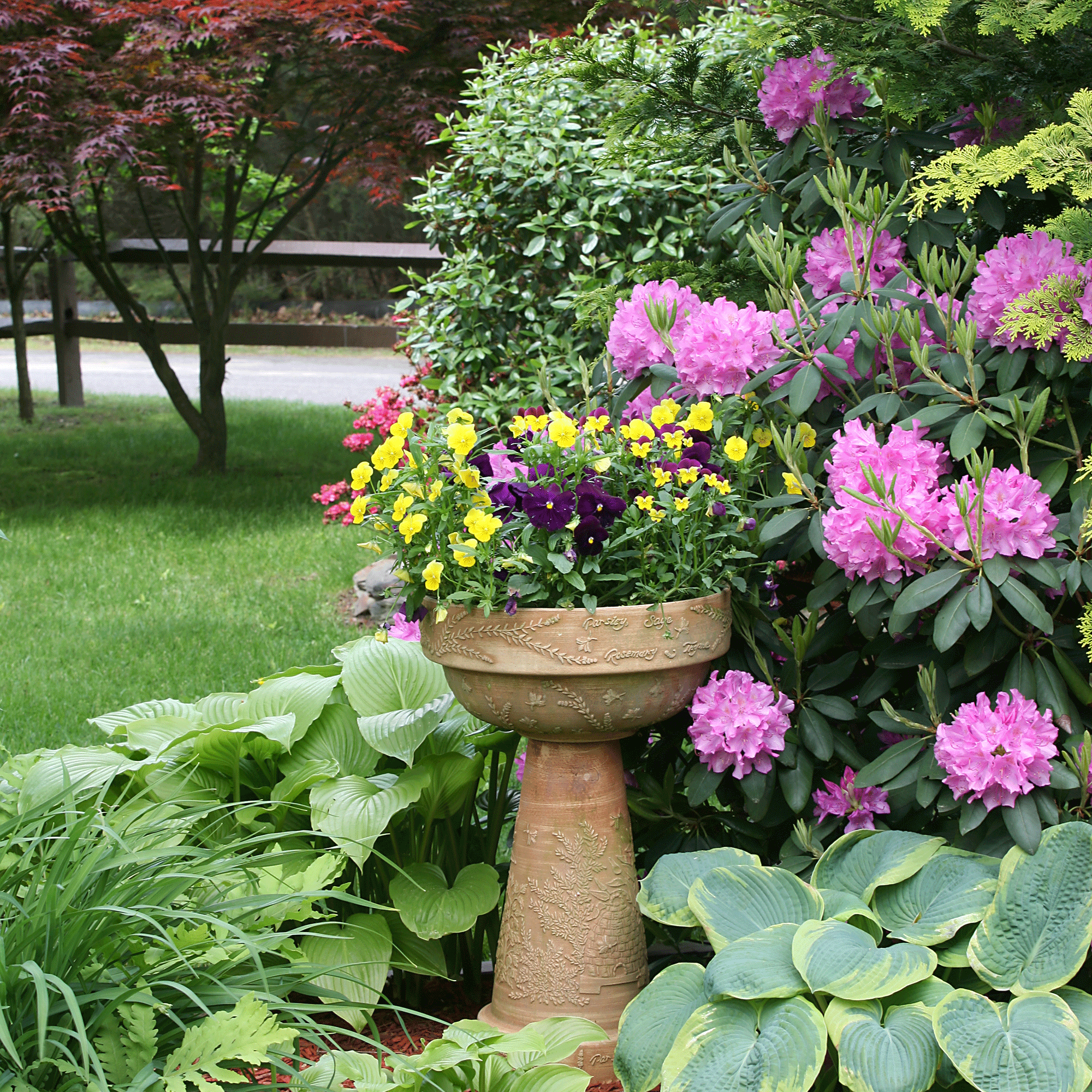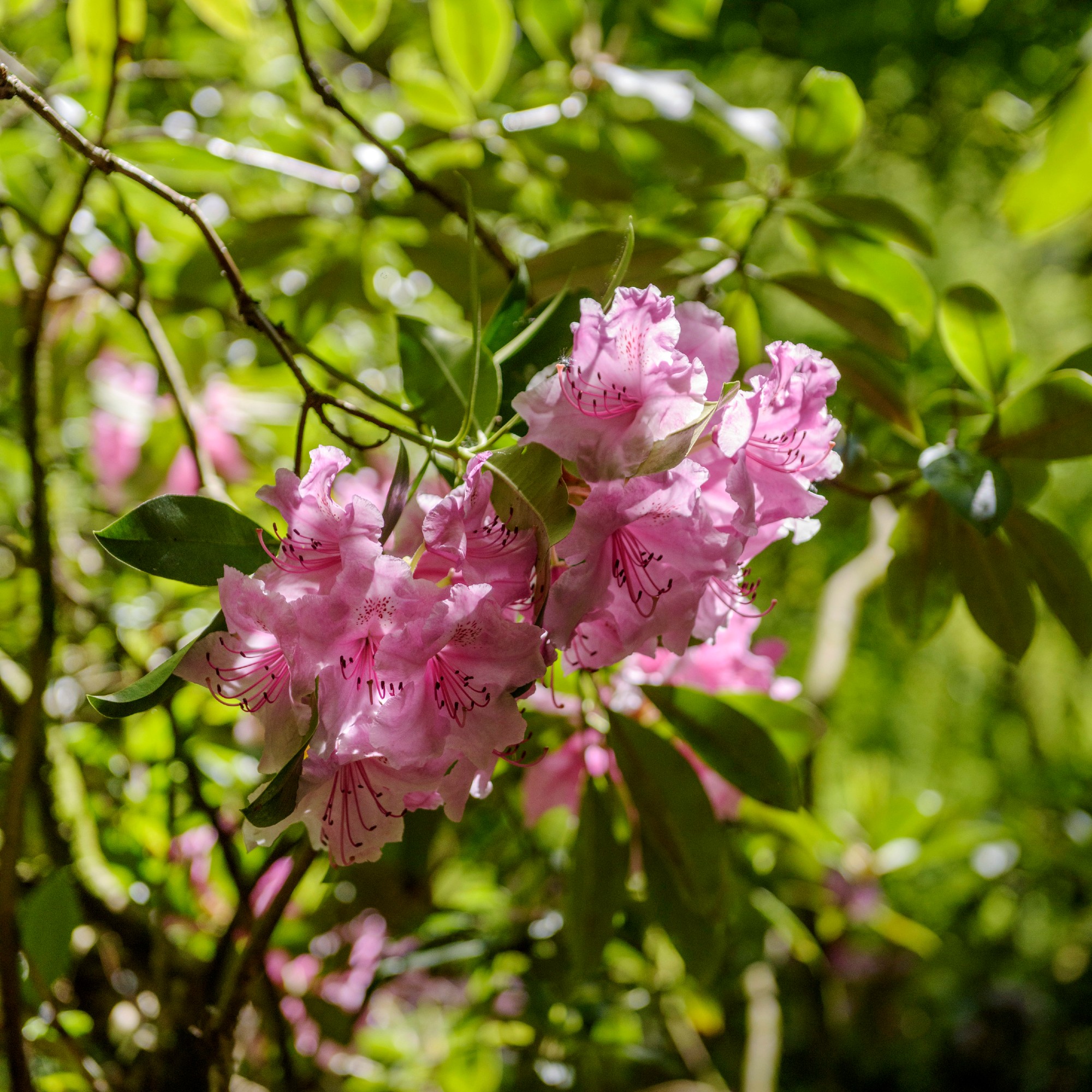
Propagating plants is one of the best – and most budget-savvy – ways to make the most of existing plants, so learning how to take rhododendron cuttings is a skill worth having in your back pocket.
Anyone who has a rhododendron or 'rhodie' in their garden will know it's a shrub that turns heads, so it's an added bonus that it's a plant that you should be able to successfully grow from cuttings, provided you know what you're doing.
Before you learn how to take cuttings from these blousy beauties, the parent plant needs to be in prime condition. It's important to learn if you should deadhead rhododendrons and understand when to prune rhododendrons in order to produce healthy and robust offspring. Once that's achieved, it's time to swat up on how to take rhododendron cuttings, in order to fill your garden with more.
What you'll need
Here's what you need to take rhododendron cuttings in order to propagate the attractive oriental-style plant successfully.
- A healthy, established rhododendron shrub
- A sharp knife
- Ericaceous compost or potting mix that contains peat and perlite, try Miracle Gro – Ericaceous Compost 20L
- Hormone rooting gel or powder (optional)
- small paint brush
- Honey (optional)
- Individual 13cm / 1 L pots
- plastic bag and rubber bands

1. Choose the right time of year
Rhododendrons can be propagated at two times in a year. First during late summer and then autumn through to early winter.
During late summer the stems will be semi-wooded, meaning the base will be hard while the tip remains soft. This time of propagating is known as soft-wood cutting.
As winter approaches the wood hardens but propagation is still possible. Hardwood cuttings are more resilient but take longer to root and may need cultivating in a greenhouse.
2. Take a cutting
When cutting don't snip off the branch completely. Instead, leave it slightly attached at the base and peel off the remaining attached section of the shoot from the main stem. This small tail of bark is called a 'heel' and contains high levels of natural hormones (auxins) that will encourage rooting.
'Cut 4-6 inches from the tip of a healthy branch, making sure that there are leaves at the upper part' explains Nathan Thorne, horticulturist and CEO at Handy Flowers.

3. Add rooting hormone
To encourage roots brush the bottom of the 'heel; with rooting hormone. Or, for a natural alternative try honey.
'Omit the rooting hormone and touch the cut end to a honey stick instead. It is useful as a natural anti-fungal agent and has been reported to encourage root growth quicker in some varieties,' suggests Nathan Thorne.
4. Plant the cutting
Rhododendrons love acid-rich soil so fill a plastic container with Ericaceous compost or potting mix that contains peat and perlite. Peat moss contributes to the acidity of soil and aids moisture retention.
Place the shoot, heel-end, into the soil.
'Firm the rhododendron cuttings into a mixture of peat and perlite and then cover with a plastic bag to ensure a mini greenhouse effect,' explains Nathan.
'Do not expose the area to direct sunlight rather indirect sun is required until the root is developed usually Sixty to seventy days.'
Water regularly to ensure the soil does not dry out.

5. Transfer shooting wood into a larger container
Once roots appear transfer the new Rhododendron plants into larger planters filled with the same compost mix and protect during winter months until established.
Or, plant in the ground during autumn or spring in a shallow hole. Mix in acidic producing natural components such as tree bark, leaf mould, or composting pine needles.
Before long your garden will be blooming with a kaleidoscope of exotic blooms, even the shady areas. Rhododendrons are an ideal shade-loving plant for pots and will brighten up dark outdoor corners.
FAQs
How long does it take rhododendron cuttings to root?
When firmed in acid-rich compost and watered regularly, soft-wooded or hard-wooded rhododendron cuttings should take 8-10 weeks to root.
The best plants to grow from cuttings are roses, hydrangeas, and lavender and now you're ready to add the rhododendron to your cuttings club, too!







